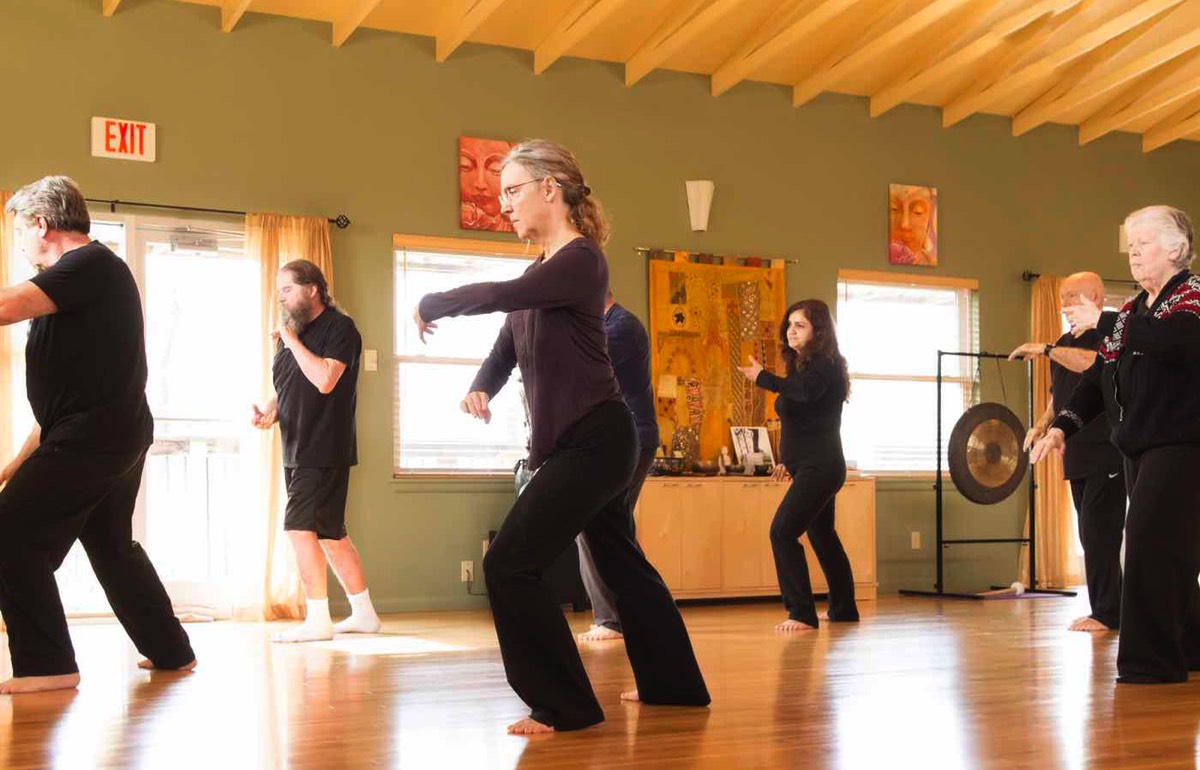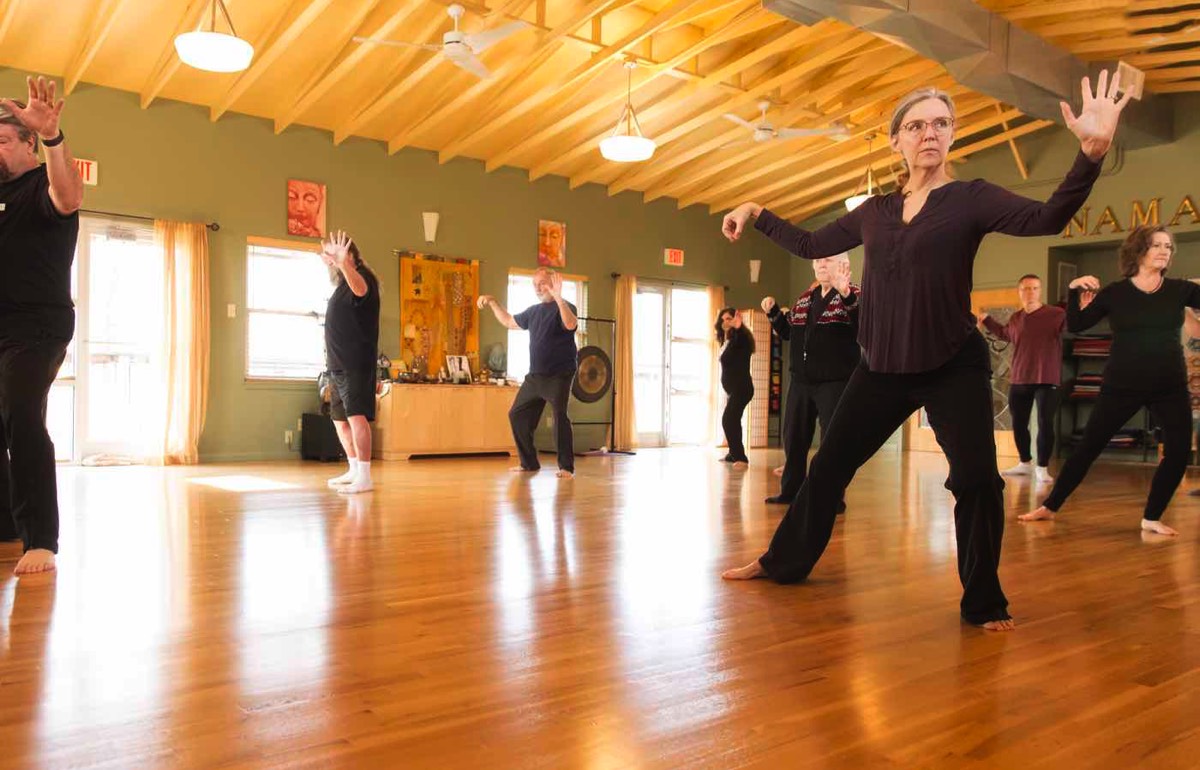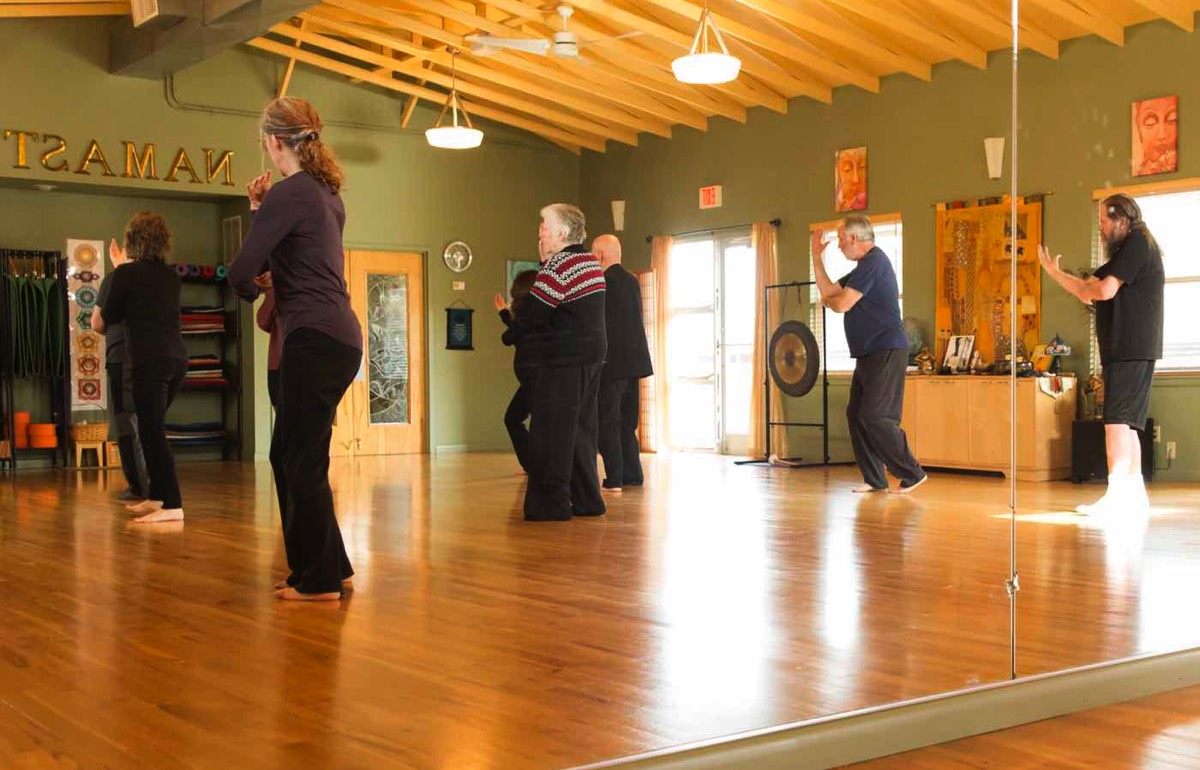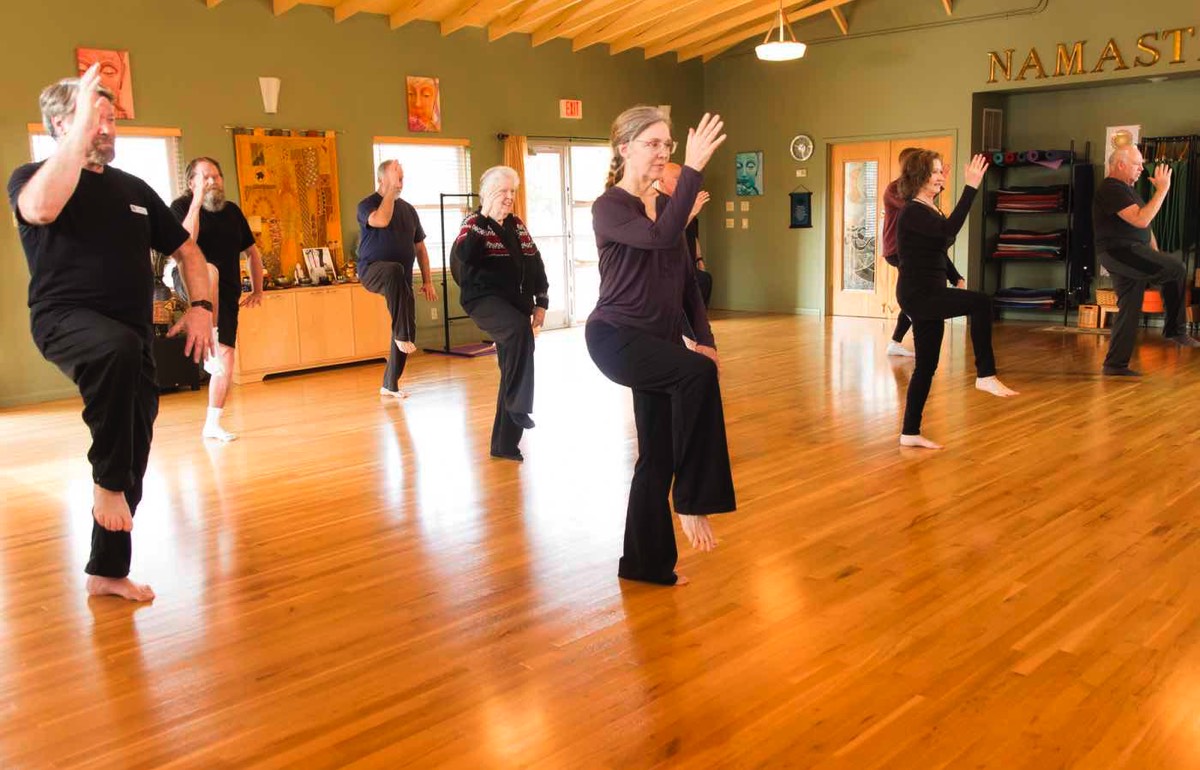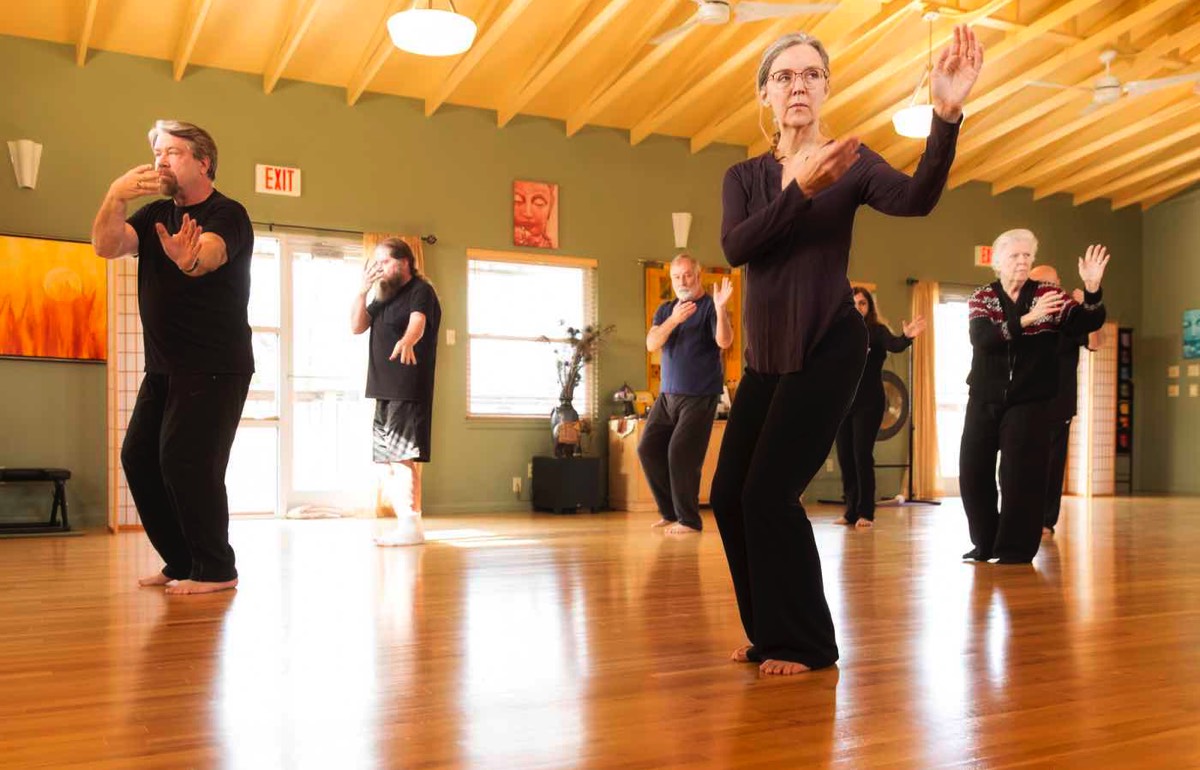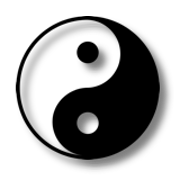
T’ai Chi Ch’uan (also, Taijiquan) is a form of moving meditation — embodied in a Chinese martial art — best known as a very ancient system of slow-moving, low-impact exercise for spiritual and physical health through disciplined movement.
We believe the best approach is from three aspects:
1. Intellectual: Acquire detailed understanding of the components of the “form” or structure, along with context, and memorize the sequence.
2. Physical: Prepare your body for the rigors of the form, and become acquainted with your limits and strengths and sensitive to how your body feels as you begin to manipulate your energies.
3. Meditative: Develop the habit of openness to the Way (the Tao) while learning to move your ch’i and encourage this as an attitude for living.
2. Physical: Prepare your body for the rigors of the form, and become acquainted with your limits and strengths and sensitive to how your body feels as you begin to manipulate your energies.
3. Meditative: Develop the habit of openness to the Way (the Tao) while learning to move your ch’i and encourage this as an attitude for living.
Getting Started
- Environmental Requirements: For best results, find a safe, quiet spot with fresh air and ample room.
- Practice Times: If possible, practice twice daily for twenty to twenty-five minutes. Learning the complete set of T’ai Chi postures usually requires at least six months, and proficiency is related more closely to frequency of practice than knowledge and talent. If one practices the form to emphasize its martial aspects, the form should be done more than once per instance — the first time primarily acts to stretch the body; while practicing more develops energy and improves skill. Ideally, practice one-half hour after waking, then one hour before going to sleep.
- Rhythm: Try to be constant from beginning to end. Pay special attention to transition points.



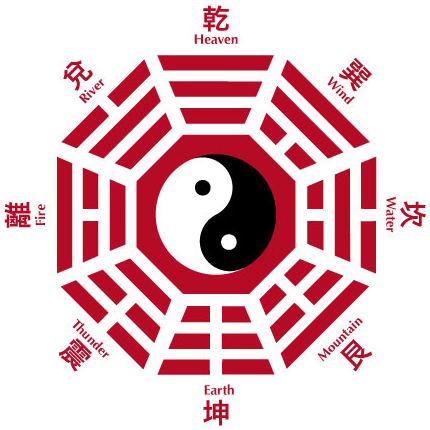
Practice Details
Begin practice with the whole body as a unit:
As a beginner, don't worry about breathing;
Know the application of each posture;
Learn the involvement of yin and yang of each posture.
Set your tongue against the roof of the mouth, close your teeth, keeping lips together.
Soften your eyes: Focus in front of the hands.
Breathe through your nose.
Set your tongue against the roof of the mouth, close your teeth, keeping lips together.
Soften your eyes: Focus in front of the hands.
Breathe through your nose.
Increase your awareness:
Distinguish solid and empty (yin and yang);
Give up distracting thoughts.
R E L A X:
Control of breathing will help release tension;
Eliminating tension gets rid of awkward force.
Straighten your body:Lift chest and back;
Loosen shoulders and elbows;
Keep head and neck erect.
R E L A X:
Straighten your body:
Other Resources
📅 Join us for AYC Classes: 7:30pm Tuesdays and Noon Saturdays

